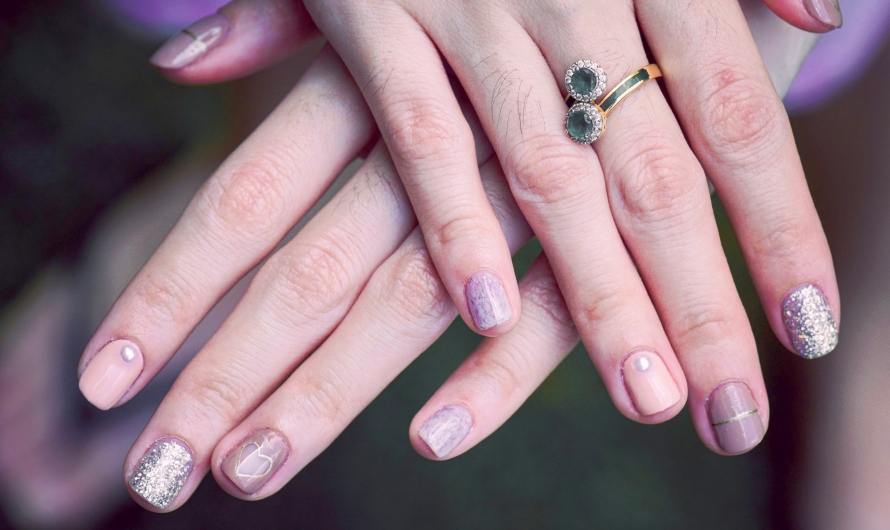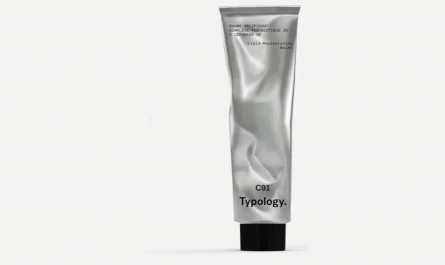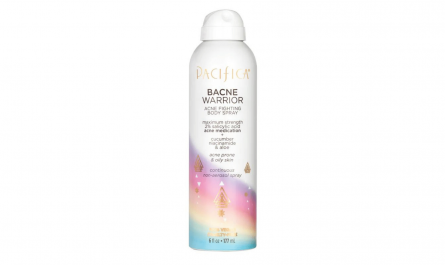Nails are an important part of our appearance and health. They can reflect our personality, style, and mood. They can also protect our fingers and toes from injury and infection. However, sometimes our nails can suffer from some common problems, such as chipping, peeling, splitting, etc. These problems can affect the look and feel of our nails, and make them weak and brittle.
Some of the causes of these common nail problems are:
- Frequent exposure to water or chemicals. This can strip away the natural oils and moisture from our nails, and make them dry and prone to damage.
- Improper nail care or hygiene. This can include biting or picking at our nails, using harsh or low-quality products, or not cleaning or trimming our nails regularly.
- Nutritional deficiencies or health conditions. This can include lack of vitamins, minerals, or protein in our diet, or having diseases such as diabetes, thyroid disorders, or fungal infections.
The consequences of having unhealthy nails are:
- Aesthetic issues. Unhealthy nails can make our hands and feet look unattractive and unprofessional. They can also limit our choices of nail polish colors and designs.
- Physical discomfort. Unhealthy nails can cause pain, irritation, or inflammation in our fingers and toes. They can also increase the risk of infection or injury.
- Psychological distress. Unhealthy nails can affect our self-esteem, confidence, and mood. They can also make us feel embarrassed or ashamed of showing our hands and feet.
The benefits of having healthy nails are:
- Aesthetic benefits. Healthy nails can make our hands and feet look beautiful and well-groomed. They can also enhance our choices of nail polish colors and designs.
- Physical benefits. Healthy nails can protect our fingers and toes from harm and infection. They can also improve our sense of touch and dexterity.
- Psychological benefits. Healthy nails can boost our self-esteem, confidence, and mood. They can also make us feel proud and happy of showing our hands and feet.
How to Fix Common Nail Problems
If you are suffering from some common nail problems, don’t worry. There are some simple and effective ways to fix them and restore your nails to their natural beauty and health.
Chipping
Chipping is when the edges or corners of your nails break off or crack easily. It can happen because of:
- Using your nails as tools. This can include opening cans, peeling stickers, scratching surfaces, etc.
- Wearing nail polish for too long or using low-quality nail polish. This can weaken your nails and make them brittle.
- Not using a base coat or a top coat when applying nail polish. This can leave your nails unprotected and vulnerable to damage.
How to prevent chipping:
- Use your fingers instead of your nails when performing tasks that require force or pressure.
- Change your nail polish every week or use a high-quality nail polish that lasts longer.
- Always use a base coat before applying nail polish to protect your nails from staining and chipping.
- Always use a top coat after applying nail polish to seal your design and add some shine.
How to fix chipping:
- Trim your nails regularly to keep them in shape and prevent further chipping.
- File your nails gently with a fine-grit file to smooth out any rough edges or cracks.
- Apply a clear nail polish or a nail hardener on your nails to strengthen them and prevent future chipping.
Peeling
Peeling is when the layers of your nails separate or flake off easily. It can happen because of:
- Excessive exposure to water or chemicals. This can soften your nails and make them peel off.
- Overuse of nail polish remover or acetone. This can dry out your nails and make them peel off.
- Lack of moisture or hydration in your nails. This can make your nails brittle and prone to peeling.
How to prevent peeling:
- Wear gloves when doing household chores or gardening that involve water or chemicals.
- Use a gentle or acetone-free nail polish remover and limit its use to once a week.
- Moisturize your nails and cuticles daily with oil or cream to keep them hydrated and nourished.
How to fix peeling:
- Cut off any loose or peeling layers of your nails with a nail clipper or scissors.
- Buff your nails lightly with a fine-grit buffer to smooth out any uneven surfaces or ridges.
- Apply a clear nail polish or a nail strengthener on your nails to bond the layers together and prevent future peeling.
Splitting
Splitting is when your nails split vertically or horizontally into two or more parts. It can happen because of:
- Trauma or injury to your nails. This can include hitting, biting, or tearing your nails, or getting them caught in something.
- Aging or hormonal changes. This can affect the growth and quality of your nails, and make them weak and fragile.
- Nutritional deficiencies or health conditions. This can affect the production and maintenance of keratin, the protein that makes up your nails, and make them thin and brittle.
How to prevent splitting:
- Avoid trauma or injury to your nails by being careful and gentle with them.
- Eat a balanced and healthy diet that includes protein, biotin, iron, calcium, and zinc to support your nail health.
- Consult your doctor if you have any health conditions that may affect your nails, such as diabetes, thyroid disorders, or fungal infections.
How to fix splitting:
- Trim your nails short to prevent further splitting and make them easier to manage.
- Apply a thin layer of nail glue on the split area and press it together until it dries.
- Apply a clear nail polish or a nail repair product on your nails to seal the split and prevent future splitting.
Conclusion
Nails are an important part of our appearance and health. However, they can sometimes suffer from some common problems, such as chipping, peeling, splitting, etc. These problems can affect the look and feel of our nails, and make them weak and brittle.
Fortunately, there are some simple and effective ways to fix these common nail problems and restore our nails to their natural beauty and health. We can prevent these problems by taking good care of our nails, avoiding exposure to water or chemicals, using high-quality products, eating a balanced diet, and consulting a doctor if needed. We can also fix these problems by trimming, filing, buffing, gluing, or polishing our nails, or using some special products that can strengthen or repair our nails.
So don’t let these common nail problems ruin your day or your nails. Follow these tips and tricks to fix them and enjoy having healthy and beautiful nails.
FAQs
Q: How often should I trim or file my nails?
A: You should trim or file your nails every two weeks or whenever they grow too long or uneven. You should use a sharp nail clipper or scissors to cut your nails straight across, and then use a fine-grit file to shape them into a round or square shape. You should avoid cutting or filing your nails too short or too close to the skin, as this can cause pain, infection, or ingrown nails.
Q: How can I prevent nail polish from chipping or peeling?
A: You can prevent nail polish from chipping or peeling by following these steps:
- Apply a base coat before applying any nail polish. This can help protect your nails from staining and chipping.
- Apply thin and even coats of nail polish. This can help prevent bubbles and smudges.
- Apply a top coat after applying any nail polish. This can help seal your design and add some shine.
- Avoid exposing your nails to water or chemicals. This can help prevent peeling and fading.
- Wear gloves when doing household chores or gardening. This can help protect your nails from damage.
Q: How can I remove nail polish without damaging my nails?
A: You can remove nail polish without damaging your nails by following these steps:
- Use a gentle or acetone-free nail polish remover and limit its use to once a week.
- Soak a cotton pad in nail polish remover and place it on your nail for a few seconds. Then gently wipe off the nail polish with the cotton pad.
- Use foil wraps to remove stubborn nail polish, such as glitter or metallics. Cut a piece of foil that is big enough to wrap around your finger. Soak a cotton pad in nail polish remover and place it on your nail. Then wrap the foil around your finger and leave it for 10 minutes. Then unwrap the foil and slide off the nail polish with the cotton pad.
- Wash your hands with soap and water after removing the nail polish to remove any residue.
Q: How can I make my nails grow faster and stronger?
A: You can make your nails grow faster and stronger by following these tips:
- Eat a balanced and healthy diet that includes protein, biotin, iron, calcium, and zinc to support your nail health.
- Massage your nails and cuticles daily with oil or cream to stimulate blood circulation and nourish your nails.
- Avoid biting or picking at your nails, as this can damage your nails and slow down their growth.
- Apply a clear nail polish or a nail growth product on your nails to protect them and promote their growth.
Q: How do I know if I have a fungal infection on my nails?
A: You may have a fungal infection on your nails if you notice any of these signs:
- Your nails are thickened, discolored, brittle, crumbly, or distorted in shape.
- Your nails are separated from the nail bed or have white or yellow spots or streaks on them.
- Your nails are painful, inflamed, or have an unpleasant odor.
If you suspect that you have a fungal infection on your nails, you should consult your doctor as soon as possible. Your doctor may prescribe you some oral or topical medications that can treat the infection and restore your nails to their normal condition. You should also avoid sharing your nail tools or products with others, as fungal infections are contagious.




